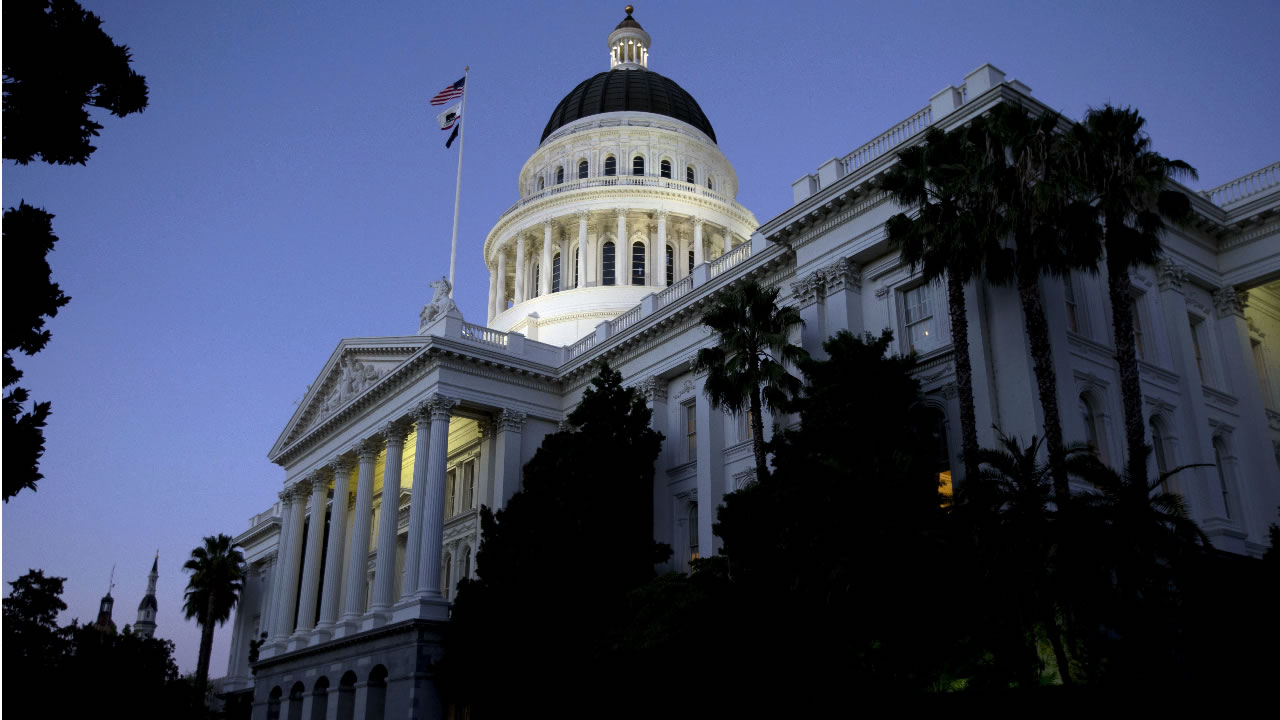Proposals to carve California into multiple states likely to continue

SAN FRANCISCO (KGO) -- The latest and most extensive modern day effort to split California into multiple states was put on hold last week by the state Supreme Court. But even if that specific proposal is facing an uncertain future, history indicates efforts to break up the state are not going away.
In fact, for almost 20-thousand years before Europeans arrived, California was a divided place.
According to Anthea Hartig, executive director of the California Historical Society, California had "one of the most diverse Native American populations anywhere north of what is now Mexico City." Hartig said there were hundreds of different cultures and an estimated 300 languages and dialects.
Old maps and documents in the Historical Society collection tell the story of how Spanish missionaries re-envisioned the land they called California, eventually dividing it into just two regions.
Hartig showed ABC7 News a rare map drawn in 1787 that was the first to indicate a dividing line between old and new missions. Decades later that line became a border.
The area to the south became Baja, California in Mexico, while the land to the north eventually became the U.S. state of California.
RELATED: Plenty of obstacles remain if voters decide to split California in 3
Almost as soon as the state was created in 1850, people were trying to break it up. "Depending on how you count, there have been probably over 200 efforts or ideas about splitting California. There's a handful though that really got far along" Hartig explained.
One of the early plans was an effort by state senator Andres Pico who wanted to cut California in two, right before the Civil War.
Hartig said that proposal got a lot of play in Southern California because of southern sympathizers who wanted to make Southern California a slave state.
Southern California citizens voted in favor of the plan, and so did the state legislature. The proposition was sent to Congress as required by the U.S. Constitution. But with the Civil War raging and the north in control of Congress, there was no action on the proposed California split.
RELATED: Poll: One third of Californians still support plan to leave the US
Congress did however agree to divide another state in 1863. That was when West Virginia broke off from Virginia to form a new free state with no slavery. It was the last time an existing U.S. state was split,
By the mid-twentieth century, there were repeated proposals focused on who would control California's water. A new plan to split California into two states passed the state senate in 1965, but did not get enough support to ever be finalized.
One idea that keeps re-surfacing is to turn the northern most California counties into a new state called Jefferson. Supporters want their own state because they say rural and conservative interests are being ignored.
Jefferson supporters have been promoting various versions of the plan since the 1940s. Last year at a rally in Sacramento, organizer Mark Baird said a new state is needed because "We have no say in how are lives are conducted. we have no say in how our tax money is spent."
In 2014, Jefferson was included as part of a broader idea to split California into six states. That plan was launched by Silicon Valley billionaire Tim Draper who says smaller states would give individual voters more influence on government and better representation.
The six state proposal did not get enough valid signatures to make the ballot. So Draper came back with his most recent three state proposal. The newer version did get enough signatures to get on the ballot, but the state Supreme Court ruled there were too many legal questions, and ordered a hearing before the measure can be put up for a statewide vote.
Meantime, another state splitting movement called "New California" is moving ahead.
Organizers have not drawn boundaries yet, but they envision two states, one mostly rural and one mostly urban.
Whatever happens to the current proposals, Hartig notes "The conversations about identity and who we are what kind of state we want to live in are very much alive and well, and very powerful."
Written and produced by Jennifer Olney.













